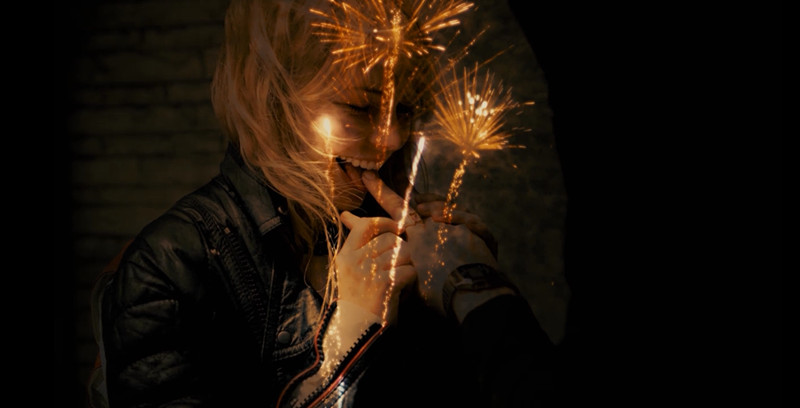
The ending credits are the most overlooked aspect of a movie. The vast majority of people leave during them, unless it’s a Marvel movie, in which case they are barely paying attention, anxiously waiting for the post-credits scene.
Film critics always say it is important to stay during the credits, even if there’s no “reward” at the end of it, just to acknowledge the hard work of the hundreds of people who worked on the movie.
It is, indeed, important to honor the work of the cast and crew, but it is also understandable that people wouldn’t want to stay, since in most cases the credits are a simple, bland black screen with white letters running through it.
Fortunately, across the history of cinema, great directors have found interesting and creative ways of subverting that tradition, creating ending credits that capture the atmosphere of the movie, let you spend more time with the characters, or even contribute to the audience’s full understanding of the story.
15. Around the World in 80 Days
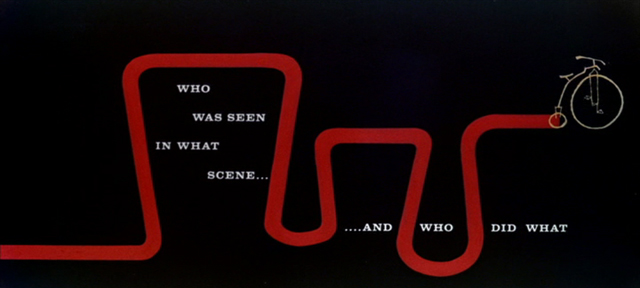
“Around the World in 80 Days” is far from a classic. Although it won the Oscar for Best Picture, it is now mostly forgotten and almost rarely spoken of anymore, unless in rankings of Best Picture winners, where it usually lands toward the bottom. But that doesn’t mean the movie is without merits, one of which being its closing credits.
Designed by the legendary Saul Bass, the film ends with an animation recapping the events we just saw that, in typical Bass fashion, is both very simple and extremely sophisticated. Blending different styles of animation from Victorian to Oriental, Bass creates caricatures that are both funny and beautiful, completely capturing the tone of the film, not to mention the immense visual creativity employed here, using smart and silly symbols to represent a variety of things (like the clock with legs and a top hat, for instance).
Bass’s work here was revolutionary, and opened the doors for more creative ways of making ending credits in the future.
14. Sherlock Holmes
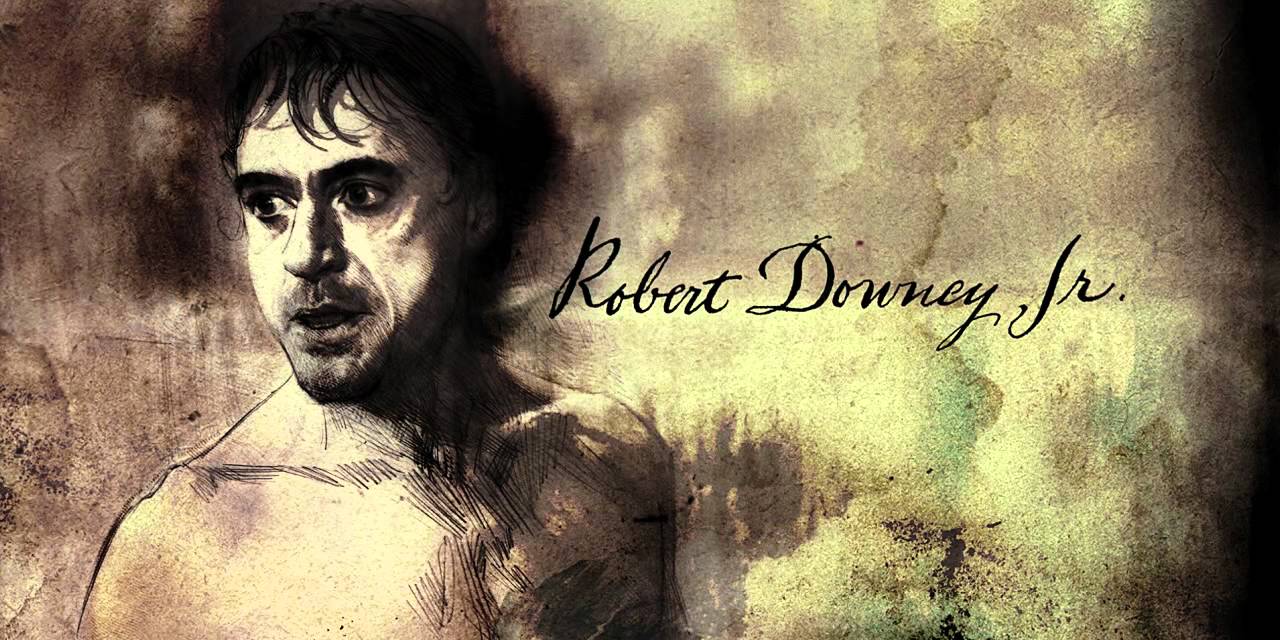
Cued by Hans Zimmer’s evocative and breezy score, the end credits of “Sherlock Holmes” are a beautiful send-up of the movie, much in the same vein on Saul Bass; like “Around the World in 80 Days,” it is also a recapping of the movie, but in a more straightforward way.
Created by Fugitive Studios, the credits start as an actual image of the film, but then it morphs into a Victorian-style painting of the actors and the scenes. Aesthetically, it is gorgeous, truly well designed and edited, but more importantly, like all good credits, it’s also a summary of the spirit of the film, translating Guy Ritchie’s vision of the character that is equal parts classic and modern, visceral and intelligent.
13. Legend of the Drunken Master
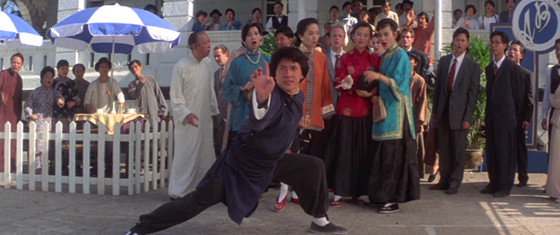
One of the most notorious traditions of closing credits is the behind-the-scenes montage. Usually that translates to the blooper reel, showing the actors having fun in-between takes, but another version of this is the set piece reel shows what it takes to get an action scene right, from choreography mishaps to broken bones, and absolutely nobody does it better than Jackie Chan.
A legendary actor, director and stuntman, Chan always does his own stunts and even choreographs them himself, and “Legend of the Drunken Master” has him at the top of his game.
The entire movie is filled with incredible sequences, and during the closing credits we get a glimpse at the insane amount of effort and risk Chan and his collaborators had to take in order to achieve their vision.
It’s not the most inventive or smart use of credits on this list, but it’s the most exhilarating one, demonstrating an artist at a complete mastery of his craft.
12. This is Spinal Tap
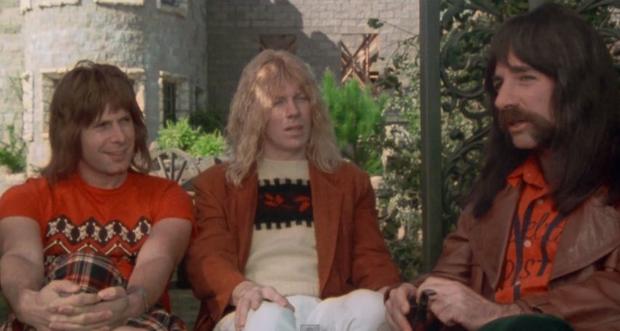
“Well, these go up to eleven.”
These words are enough for anyone who has ever seen Rob Reiner’s comedic masterwork to burst into laughter. As fine a mockumentary as they come, the movie is structured around the ridiculous interviews a documentarian does with wacky, self-absorbed rock stars, and it’s from their interactions where the humour of the film arises (including the iconic line in the beginning).
So it’s truly a treat that, after the movie is officially over, and after all the arcs have been wrapped up and plot points resolved, we get an extra interview that it’s just as hilarious as the others. As the credits scroll down the screen, we see David Hubbins and Nigel Tufnel try to answer, among other things, whether they are racist or not, in one of the most purely enjoyable credits ever.
11. The Great Beauty
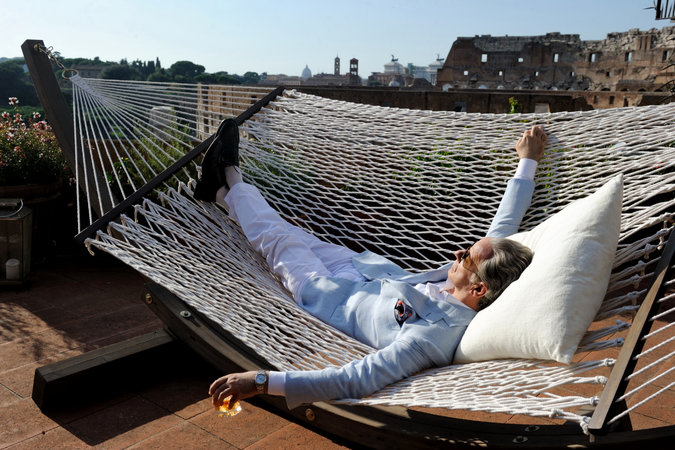
Sometimes the point of the end credits is to linger on a feeling, to extend a meaningful image in the mind of the audience so they can drink in all the different sensations it provokes.
Such is the case of the “The Great Beauty,” Paolo Sorrentino’s 2014 Oscar-winning movie. A sprawling, complex and artful film, it is not easy to understand and it lends itself to various interpretations. But however one might feel about the narrative itself, one thing no one can deny is that the title does not lie, because it is absolutely beautiful all the way to the very last image, as the credits roll with the camera traveling and panning across a river, which creates gorgeous imagery filled with meaning and awe.
A fitting end to a deeply spiritual and personal movie.
10. Kill Bill Vol. 2
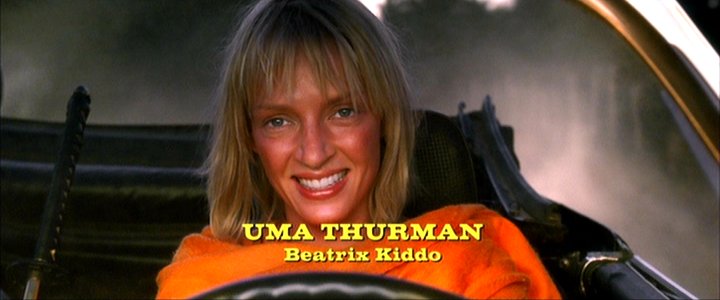
Quentin Tarantino is a filmmaker who usually opts for opening credits and the most simple ones at that, a black screen with titles and music, and that’s what makes his decision to end the second part of his epic revenge saga “Kill Bill” with an interesting and rousing closing credits.
As we make it to the end of the Bride’s journey, with Bill dead and her daughter back in her arms, the movie’s credits reminds the audience of the incredible path that led to that final happy moment, recapturing both of the movies’ most memorable and impactful scenes.
Set to “Malaguena Salerosa,” it’s a captivating and moving way to finish a grandiose story on a deeply emotional note.
9. Blue Valentine
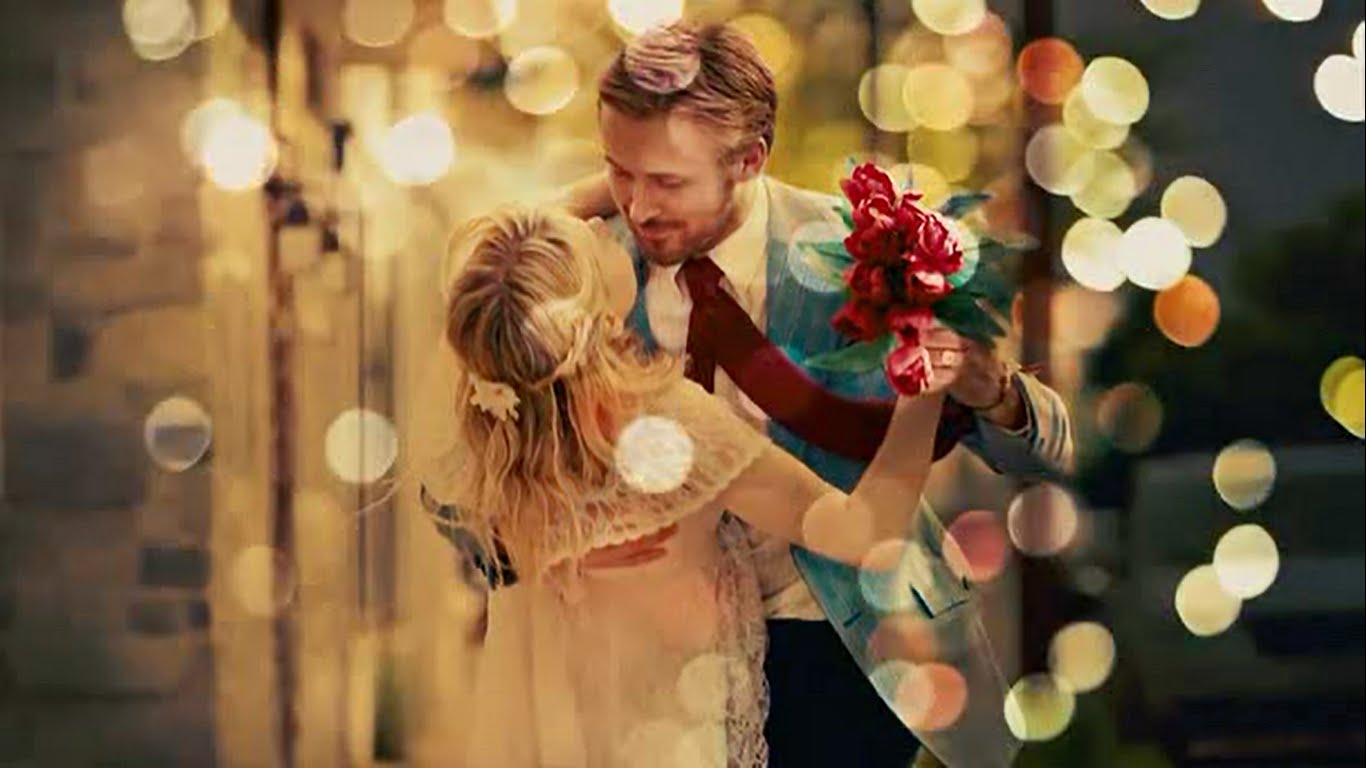
One of the most notoriously emotionally wrenching movies of the century, “Blue Valentine” ends with credits precisely expanding that experience of romantic longing, pain and eventual loss.
In a beautifully designed montage, we see fireworks explode on the black screen and morph into the characters in their happiest moments, almost cruelly informing the audience of the joy they encountered together but couldn’t preserve.
It´s an elegy of lost love, particularly of these two people, but also of a more universal experience, and it’s all the more beautiful because of that.